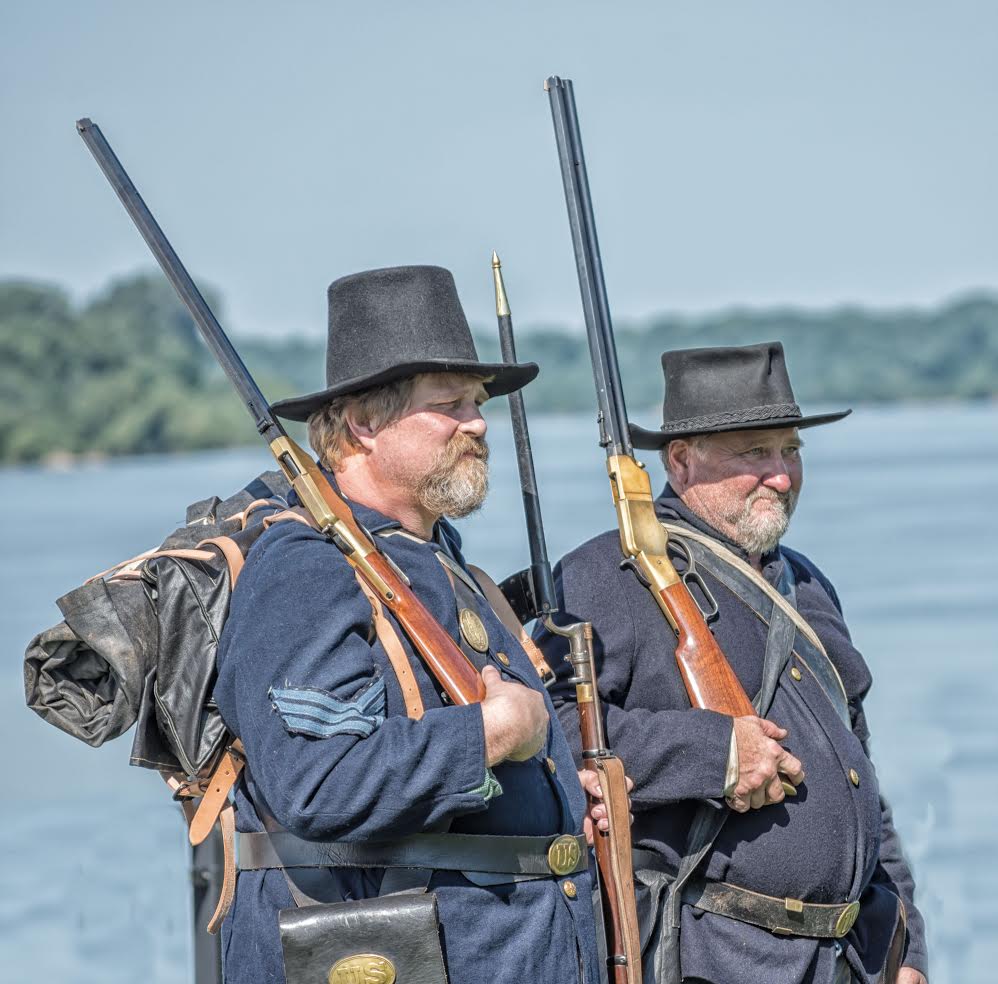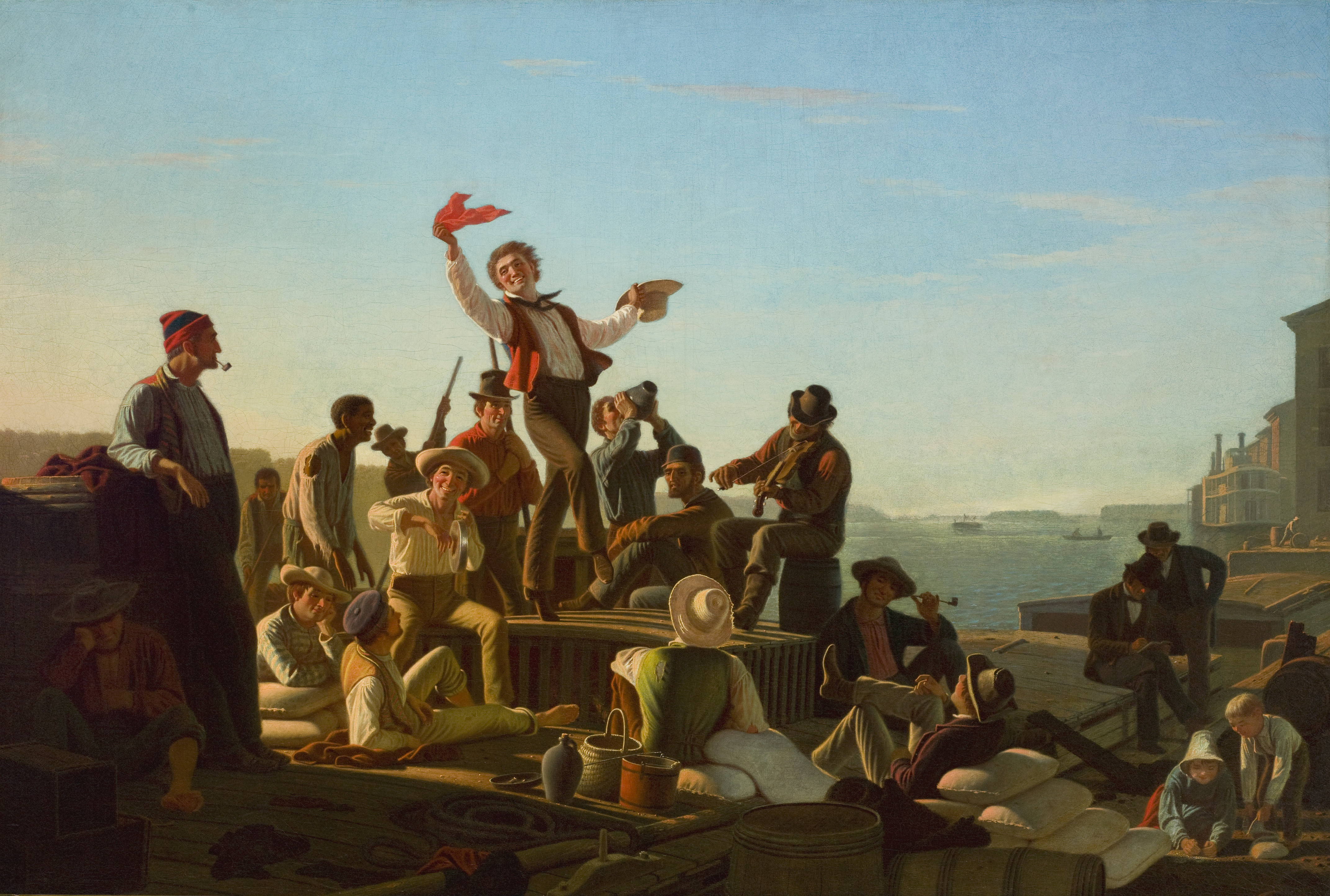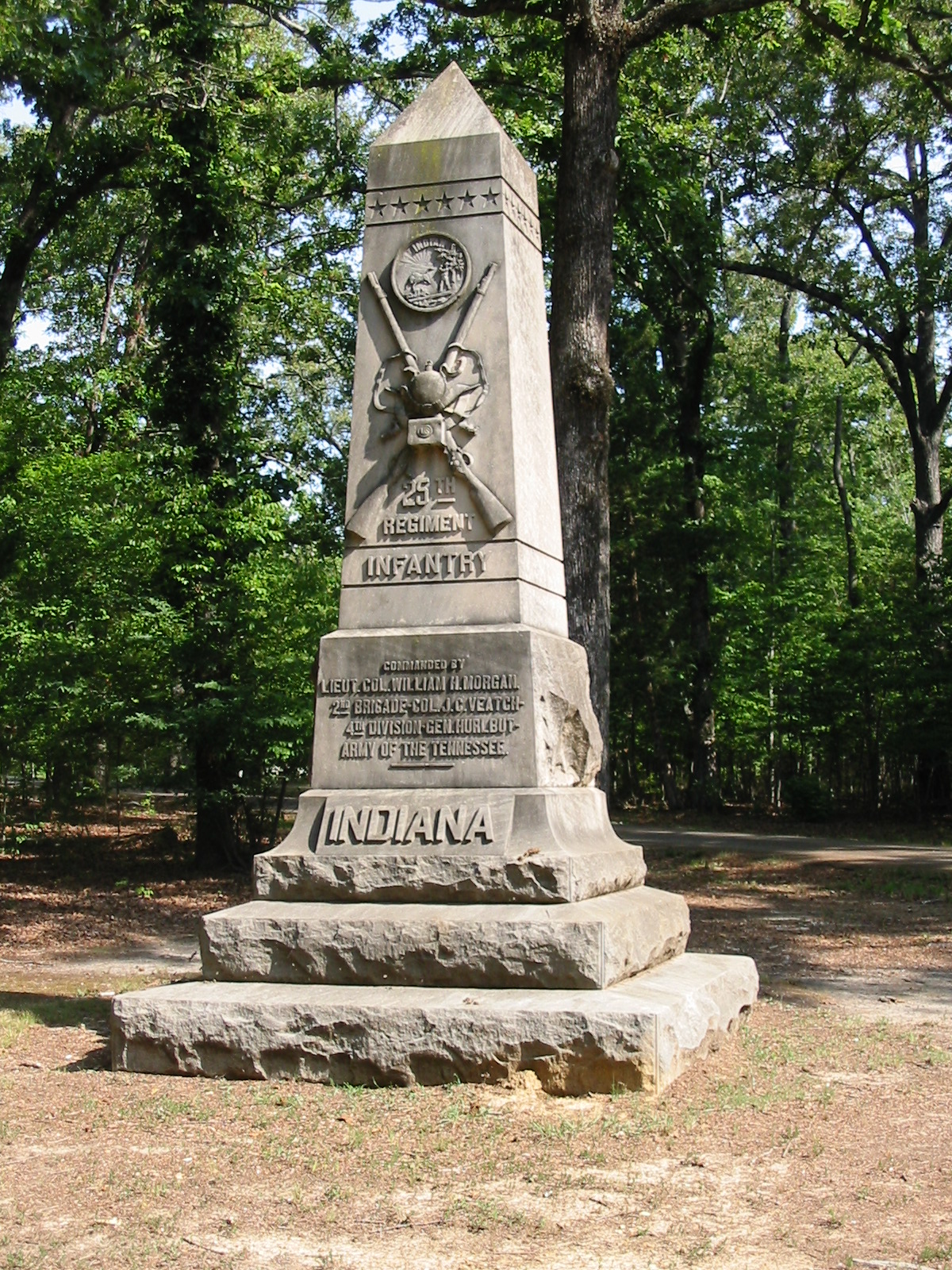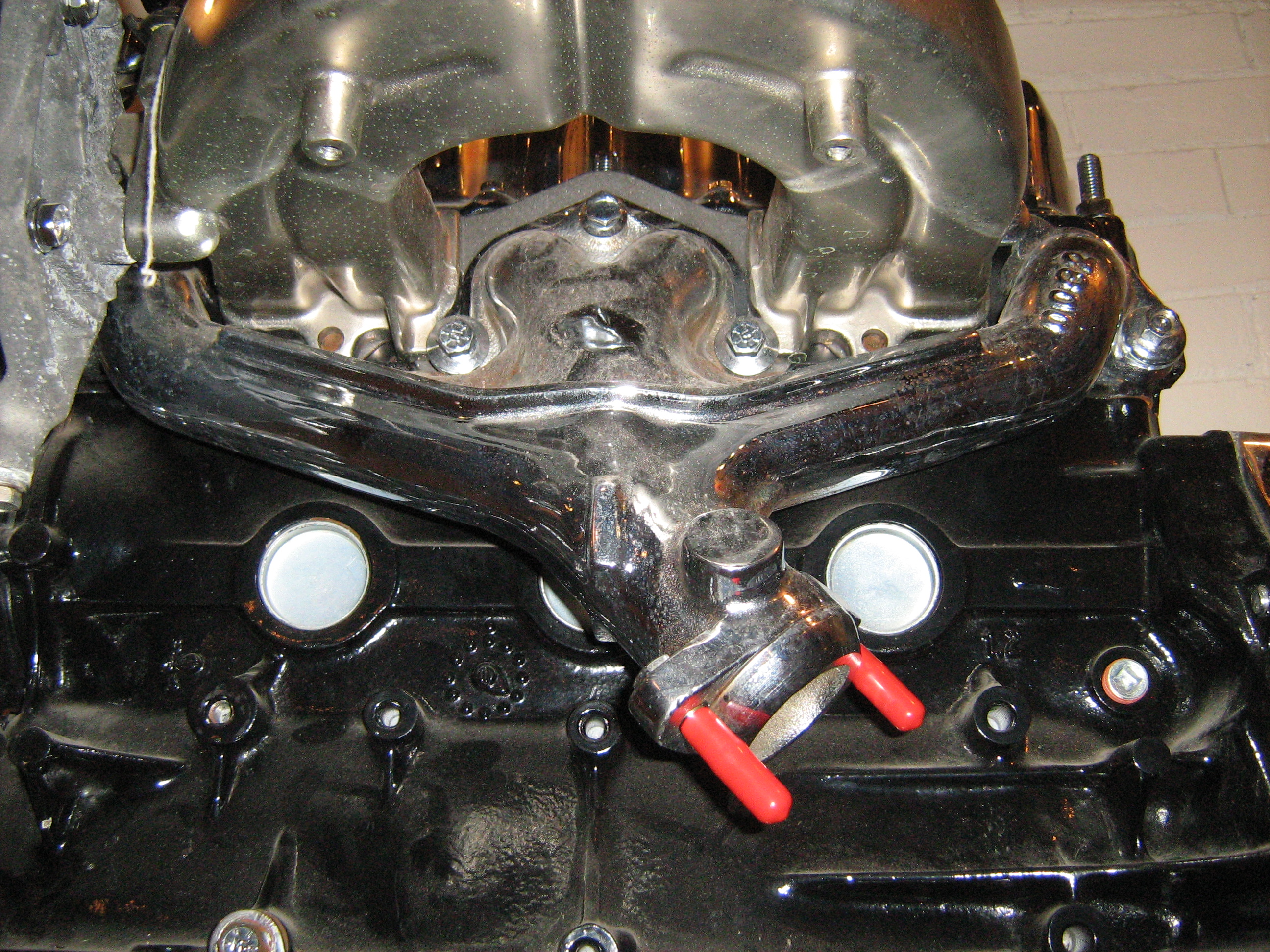|
Newburgh Raid
The Newburgh Raid was a successful raid by Confederate partisans on Newburgh, Indiana, on July 18, 1862, making it the first town in a northern state to be captured during the American Civil War. Confederate colonel Adam Rankin Johnson led the raid by using a force of only about 35 men he had recruited from nearby Henderson, Kentucky. They confiscated supplies and ammunition without a shot being fired by tricking Newburgh's defenders into thinking the town was surrounded by cannons. In reality, the so-called cannons were an assemblage of a stove pipe, a charred log, and wagon wheels, forever giving the Confederate commander the nickname of Adam "Stovepipe" Johnson. The raid convinced the federal government to supply Indiana with a permanent force of regular Union Army soldiers to counter future raids and proved to be a significant boost for Union recruiting in Indiana. Background Using the language of the 1862 Confederate Partisan Ranger Act, Johnson pictured himself in a book ... [...More Info...] [...Related Items...] OR: [Wikipedia] [Google] [Baidu] |
American Civil War
The American Civil War (April 12, 1861 ŌĆō May 26, 1865; also known by other names) was a civil war in the United States. It was fought between the Union ("the North") and the Confederacy ("the South"), the latter formed by states that had seceded. The central cause of the war was the dispute over whether slavery would be permitted to expand into the western territories, leading to more slave states, or be prevented from doing so, which was widely believed would place slavery on a course of ultimate extinction. Decades of political controversy over slavery were brought to a head by the victory in the 1860 U.S. presidential election of Abraham Lincoln, who opposed slavery's expansion into the west. An initial seven southern slave states responded to Lincoln's victory by seceding from the United States and, in 1861, forming the Confederacy. The Confederacy seized U.S. forts and other federal assets within their borders. Led by Confederate President Jefferson Davis, ... [...More Info...] [...Related Items...] OR: [Wikipedia] [Google] [Baidu] |
Flatboat
A flatboat (or broadhorn) was a rectangular flat-bottomed boat with square ends used to transport freight and passengers on inland waterways in the United States. The flatboat could be any size, but essentially it was a large, sturdy tub with a hull. A flatboat was almost always a one-way (downstream) vessel, and was usually dismantled for lumber when it reached its destination. Early history The flatboat trade first began in 1781, with Pennsylvania farmer Jacob Yoder building the first flatboat at Old Redstone Fort on the Monongahela River. Yoder's ancestors immigrated from Switzerland, where small barges called weidlings are still common today, having been used for hundreds of years to transport goods downriver. Yoder shipped flour down the Ohio River and Mississippi River to the port of New Orleans. Other flatboats would follow this model, using the current of the river to propel them to New Orleans where their final product could be shipped overseas. Through the an ... [...More Info...] [...Related Items...] OR: [Wikipedia] [Google] [Baidu] |
Indianapolis, Indiana
Indianapolis (), colloquially known as Indy, is the state capital and most populous city of the U.S. state of Indiana and the seat of Marion County. According to the U.S. Census Bureau, the consolidated population of Indianapolis and Marion County was 977,203 in 2020. The "balance" population, which excludes semi-autonomous municipalities in Marion County, was 887,642. It is the 15th most populous city in the U.S., the third-most populous city in the Midwest, after Chicago and Columbus, Ohio, and the fourth-most populous state capital after Phoenix, Arizona, Austin, Texas, and Columbus. The Indianapolis metropolitan area is the 33rd most populous metropolitan statistical area in the U.S., with 2,111,040 residents. Its combined statistical area ranks 28th, with a population of 2,431,361. Indianapolis covers , making it the 18th largest city by land area in the U.S. Indigenous peoples inhabited the area dating to as early as 10,000 BC. In 1818, the Lenape relinquishe ... [...More Info...] [...Related Items...] OR: [Wikipedia] [Google] [Baidu] |
Green River (Kentucky)
The Green River is a U.S. Geological Survey. National Hydrography Dataset high-resolution flowline dataThe National Map , accessed June 13, 2011 tributary of the Ohio River that rises in Lincoln County in south-central Kentucky. Tributaries of the Green River include the Barren River, the Nolin River, the Pond River and the Rough River. The river was named after Nathanael Greene, a general of the American Revolutionary War. History Following the Revolutionary War, many veterans staked claims along the Green River as payment for their military service. The river valley also attracted several vagrants, earning it the dubious nickname Rogue's Harbor. In 1842, the Green River was canalized, with a series of locks and dams being built to create a navigable channel as far inland as Bowling Green, Kentucky. Four locks and dams were constructed on the Green River, and one lock and dam was built on the Barren River, a tributary that passed through Bowling Green. During the American ... [...More Info...] [...Related Items...] OR: [Wikipedia] [Google] [Baidu] |
25th Indiana Infantry Regiment
The 25th Indiana Volunteer Infantry Regiment was an infantry regiment that served in the Union Army during the American Civil War. Service *The 25th Indiana Volunteer Infantry was organized at Evansville, Indiana, on August 19, 1861. * Battle of Fort Donelson *Battle of Shiloh * Siege of Corinth *Battle of Hatchie's Bridge * Battle of Davis Mills *Battle of Hatchie's Bridge A battle is an occurrence of combat in warfare between opposing military units of any number or size. A war usually consists of multiple battles. In general, a battle is a military engagement that is well defined in duration, area, and force ... * Atlanta Campaign * Battle of Jonesboro * Sherman's March to the Sea * Battle of Bentonville *The regiment mustered out of service on July 17, 1865. Total strength and casualties The regiment lost 7 officers and 81 enlisted men killed in action or died of wounds and 3 officers and 270 enlisted men who died of disease, for a total of 361 fatalities. Com ... [...More Info...] [...Related Items...] OR: [Wikipedia] [Google] [Baidu] |
John Watson Foster
John Watson Foster (March 2, 1836 ŌĆō November 15, 1917) was an American diplomat and military officer, as well as a lawyer and journalist. His highest public office was U.S. Secretary of State under Benjamin Harrison, although he also proved influential as a lawyer in technically private practice in the international relations sphere. Early life Foster was born on March 2, 1836, in Petersburg, Indiana, and raised in Evansville, Indiana. He was the son of Matthew Watson, an Indiana farmer, and the former Eleanor Foster (n├®e Johnson). He graduated from the fledgling Indiana University in 1855, but decided not to become a preacher as his parents hoped. Instead, Foster attended Harvard Law School, then moved to Cincinnati, Ohio to begin his legal career. In 1861, Foster volunteered in the Union Army in the American Civil War. Initially commissioned as a major, he rose to the rank of colonel, serving with the 25th Indiana Volunteer Infantry, the 65th Indiana Volunteer Mou ... [...More Info...] [...Related Items...] OR: [Wikipedia] [Google] [Baidu] |
Telegraph
Telegraphy is the long-distance transmission of messages where the sender uses symbolic codes, known to the recipient, rather than a physical exchange of an object bearing the message. Thus flag semaphore is a method of telegraphy, whereas pigeon post is not. Ancient signalling systems, although sometimes quite extensive and sophisticated as in China, were generally not capable of transmitting arbitrary text messages. Possible messages were fixed and predetermined and such systems are thus not true telegraphs. The earliest true telegraph put into widespread use was the optical telegraph of Claude Chappe, invented in the late 18th century. The system was used extensively in France, and European nations occupied by France, during the Napoleonic era. The electric telegraph started to replace the optical telegraph in the mid-19th century. It was first taken up in Britain in the form of the Cooke and Wheatstone telegraph, initially used mostly as an aid to railway signalling. Th ... [...More Info...] [...Related Items...] OR: [Wikipedia] [Google] [Baidu] |
Evansville, Indiana
Evansville is a city in, and the county seat of, Vanderburgh County, Indiana, United States. The population was 118,414 at the 2020 census, making it the state's third-most populous city after Indianapolis and Fort Wayne, the largest city in Southern Indiana, and the 249th-most populous city in the United States. It is the central city of the Evansville metropolitan area, a hub of commercial, medical, and cultural activity of southwestern Indiana and the IllinoisŌĆōIndianaŌĆōKentucky tri-state area, that is home to over 911,000 people. The 38th parallel crosses the north side of the city and is marked on Interstate 69. Situated on an oxbow in the Ohio River, the city is often referred to as the "Crescent Valley" or "River City". Early French explorers named it ''La Belle Rivi├©re'' ("The Beautiful River"). The area has been inhabited by various indigenous cultures for millennia, dating back at least 10,000 years. Angel Mounds was a permanent settlement of the Mississipp ... [...More Info...] [...Related Items...] OR: [Wikipedia] [Google] [Baidu] |
Exhaust Pipe
An exhaust system is used to guide reaction exhaust gases away from a controlled combustion inside an engine or stove. The entire system conveys burnt gases from the engine and includes one or more exhaust pipes. Depending on the overall system design, the exhaust gas may flow through one or more of: *Cylinder head and exhaust manifold *A turbocharger to increase engine power. *A catalytic converter to reduce air pollution. *A muffler (North America) / silencer (UK/India), to reduce noise. Design criteria An exhaust pipe must be carefully designed to carry toxic and/or noxious gases away from the users of the machine. Indoor generators and furnaces can quickly fill an enclosed space with poisonous exhaust gases such as hydrocarbons, carbon monoxide and nitrogen oxides, if they are not properly vented to the outdoors. Also, the gases from most types of machines are very hot; the pipe must be heat-resistant, and it must not pass through or near anything that can burn or can ... [...More Info...] [...Related Items...] OR: [Wikipedia] [Google] [Baidu] |
Saber
A sabre ( French: łsab╩ü or saber in American English) is a type of backsword with a curved blade associated with the light cavalry of the early modern and Napoleonic periods. Originally associated with Central European cavalry such as the hussars, the sabre became widespread in Western Europe during the Thirty Years' War. Lighter sabres also became popular with infantry of the early 17th century. In the 19th century, models with less curving blades became common and were also used by heavy cavalry. The military sabre was used as a duelling weapon in academic fencing in the 19th century, giving rise to a discipline of modern sabre fencing (introduced in the 1896 Summer Olympics) loosely based on the characteristics of the historical weapon in that it allows for cuts as well as thrusts. Etymology The English ''sabre'' is recorded from the 1670s, as a direct loan from French, where the ''sabre'' is an alteration of ''sable'', which was in turn loaned from German ''S├żbel'' ... [...More Info...] [...Related Items...] OR: [Wikipedia] [Google] [Baidu] |







